
Panchavati: The Heart of Nashik's Spiritual Heritage
Explore Panchavati in Nashik: A Spiritual and Cultural Hub Steeped in the Legends of Ramayana, Offering Ancient Temples, Sacred Sites, and Vibrant Local Markets.
Panchavati, located in the historic city of Nashik, is a treasure trove of spiritual and cultural significance. This neighborhood is deeply rooted in the Hindu epic, Ramayana, making it a magnet for pilgrims and history enthusiasts alike. As you stroll through Panchavati, you'll be surrounded by ancient temples, sacred sites, and the serene ambiance of the Godavari River. Begin your journey at the Kalaram Temple, one of the most revered shrines dedicated to Lord Rama. This black-stone temple, with its intricate architecture and spiritual aura, is a sight to behold. Nearby, the Sita Gufa (cave) offers a glimpse into the legend of Sita's abduction by Ravana, adding a layer of mythological intrigue to your visit. A walk along the banks of the Godavari River will lead you to Ramkund, a sacred bathing ghat where pilgrims perform rituals and immerse themselves in holy waters. The tranquil surroundings provide a perfect setting for reflection and spiritual renewal. Don't miss the vibrant local markets, where you can shop for traditional handicrafts, religious artifacts, and savor local delicacies. Panchavati is not just about spirituality; it's also about experiencing the local culture and hospitality. The neighborhood comes alive during festivals like Kumbh Mela, attracting millions of devotees from around the world. Whether you're a devout pilgrim or a curious traveler, Panchavati offers a unique blend of history, spirituality, and local charm.
Local tips in Panchavati
- Visit early in the morning to avoid the crowds and experience the serene atmosphere of the temples and ghats.
- Wear modest clothing and remove your shoes when entering temples to show respect for local customs.
- Hire a local guide to get insightful details about the historical and mythological significance of various sites.
- Try the local street food, especially the famous Nashik misal pav, for a taste of regional cuisine.
- Keep an eye on your belongings in crowded places, especially during festivals and peak tourist seasons.
Panchavati: The Heart of Nashik's Spiritual Heritage
Panchavati, located in the historic city of Nashik, is a treasure trove of spiritual and cultural significance. This neighborhood is deeply rooted in the Hindu epic, Ramayana, making it a magnet for pilgrims and history enthusiasts alike. As you stroll through Panchavati, you'll be surrounded by ancient temples, sacred sites, and the serene ambiance of the Godavari River. Begin your journey at the Kalaram Temple, one of the most revered shrines dedicated to Lord Rama. This black-stone temple, with its intricate architecture and spiritual aura, is a sight to behold. Nearby, the Sita Gufa (cave) offers a glimpse into the legend of Sita's abduction by Ravana, adding a layer of mythological intrigue to your visit. A walk along the banks of the Godavari River will lead you to Ramkund, a sacred bathing ghat where pilgrims perform rituals and immerse themselves in holy waters. The tranquil surroundings provide a perfect setting for reflection and spiritual renewal. Don't miss the vibrant local markets, where you can shop for traditional handicrafts, religious artifacts, and savor local delicacies. Panchavati is not just about spirituality; it's also about experiencing the local culture and hospitality. The neighborhood comes alive during festivals like Kumbh Mela, attracting millions of devotees from around the world. Whether you're a devout pilgrim or a curious traveler, Panchavati offers a unique blend of history, spirituality, and local charm.
Iconic landmarks you can’t miss
Ramkund Panchwati
Explore the sacred waters and rich history of Ramkund Panchwati, a serene sanctuary in Nashik, Maharashtra, where spirituality and culture intertwine.
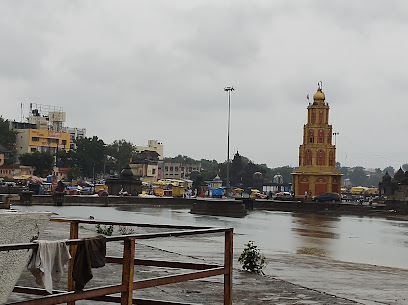
Sita Gufa
Discover the enchanting Sita Gufa in Nashik, a sacred Hindu temple with rich history, stunning architecture, and a serene natural setting ideal for reflection.
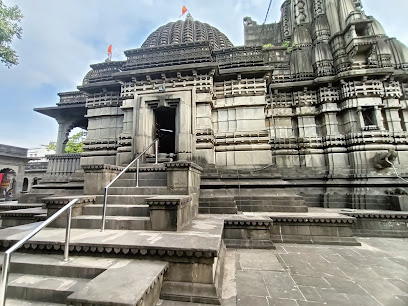
Panchavati Ghat
Explore the sacred beauty of Panchavati Ghat in Nashik, a serene riverside destination rich in spirituality and cultural heritage.
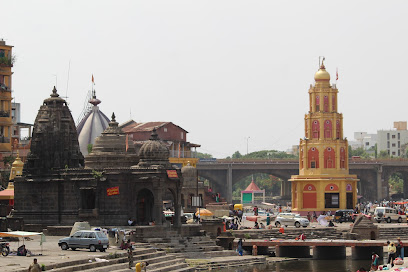
Bhaktidham
Discover the tranquil beauty and spiritual depth of Bhaktidham, an exquisite Hindu temple in Nashik, Maharashtra, perfect for tourists seeking serenity.
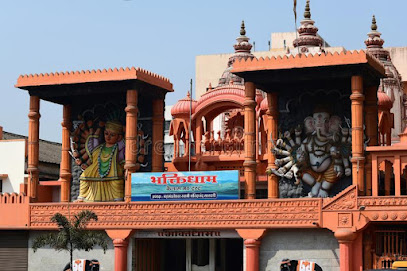
Triveni Sangam
Experience the divine at Triveni Sangam, Nashik's sacred destination where spirituality meets stunning natural beauty and rich cultural heritage.
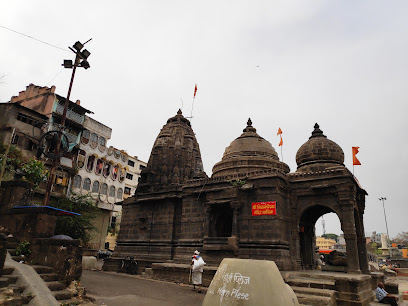
Sundar narayan mandir
Explore the enchanting Sundar Narayan Mandir in Nashik, a serene Hindu temple brimming with spiritual significance and stunning architecture.
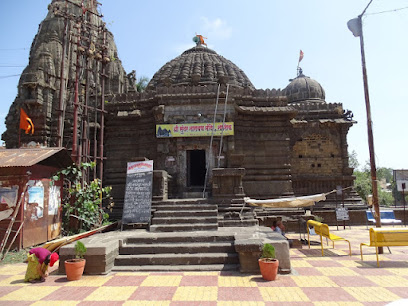
Shri Laxman Rekha Temple
Experience the serene spirituality and rich history of Shri Laxman Rekha Temple in Nashik, a unique landmark steeped in Indian tradition.
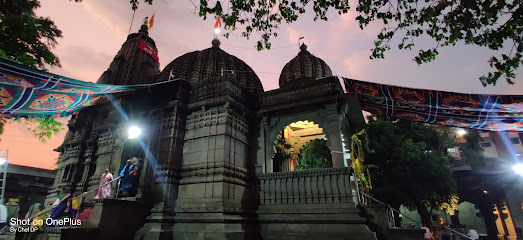
Water Curtains
Explore Water Curtains in Nashik, a historical site with stunning waterfalls and serene surroundings, perfect for relaxation and cultural discovery.
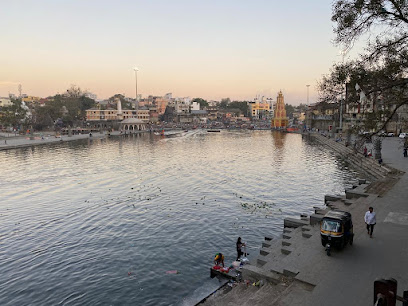
सरकार वाडा
Explore Sarkar Wada, a historical landmark in Nashik, Maharashtra, showcasing intricate architecture and rich cultural heritage.
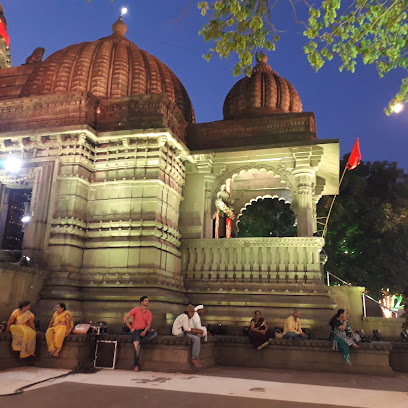
Panchavati Karanja
Discover the serene beauty of Panchavati Karanja in Nashik, a tranquil tourist attraction rich in culture and natural landscapes.
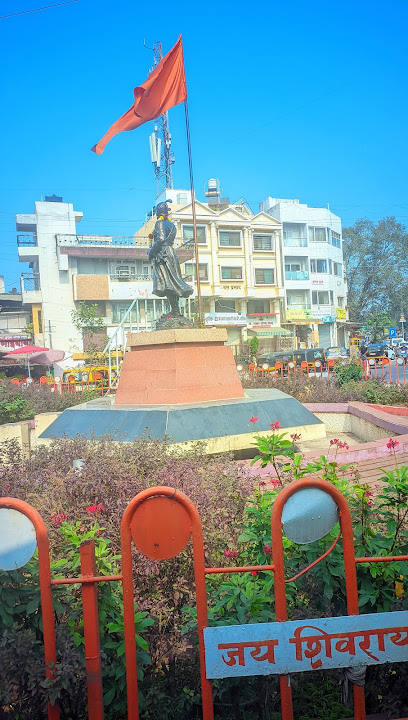
Unmissable attractions to see
Shree Kapaleshwar Mahadev Mandir
Experience the spiritual aura of Shree Kapaleshwar Mahadev Mandir in Nashik, a serene Hindu temple rich in history and architectural beauty.
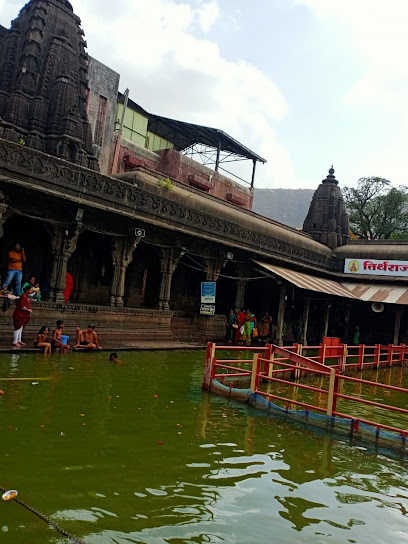
Bhaktidham
Discover the tranquility of Bhaktidham in Nashik, a beautiful Hindu temple offering spiritual solace and cultural richness amidst stunning architecture.
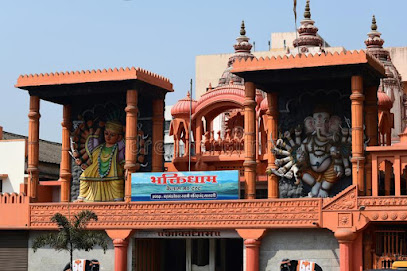
Panchavati Karanja
Explore Panchavati Karanja, a serene tourist attraction in Nashik, where nature and culture intertwine for a memorable experience.
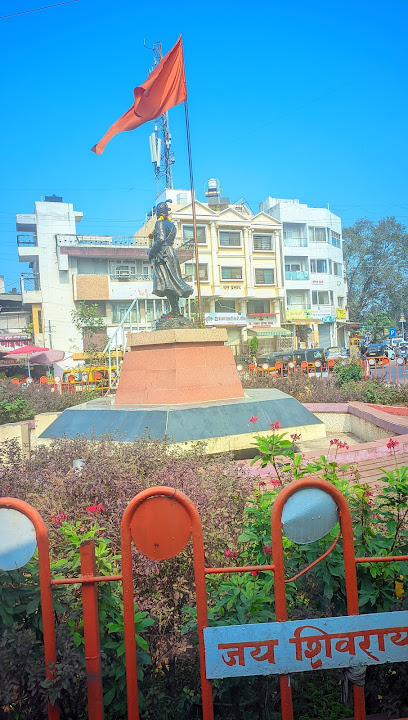
Essential places to dine
Shilpa Dining Hall
Savor authentic Gujarati vegetarian dishes at Shilpa Dining Hall in Nashik - a culinary gem celebrating traditional flavors.
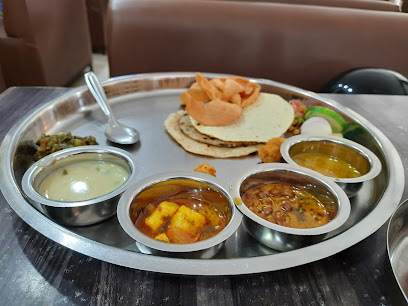
Annapoorna hotel
Experience authentic South Indian cuisine at Annapoorna Hotel in Nashik—where every meal tells a flavorful story.
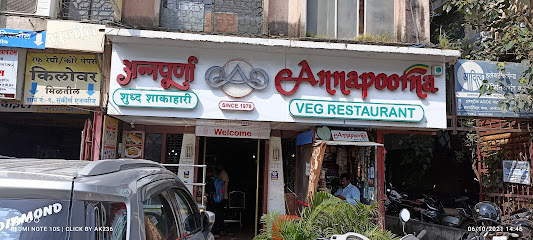
Shree Ambika Restaurant-Misal Pav
Experience authentic Maharashtrian cuisine at Shree Ambika Restaurant, famous for its flavorful Misal Pav in Nashik.
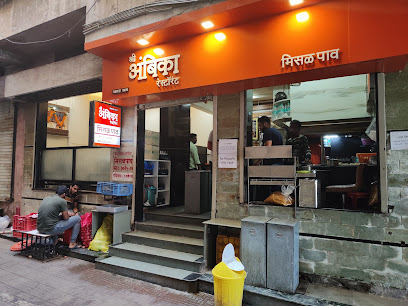
Hotel Pancharatna
Discover the flavors of India at Hotel Pancharatna - your go-to vegetarian breakfast destination in Nashik.
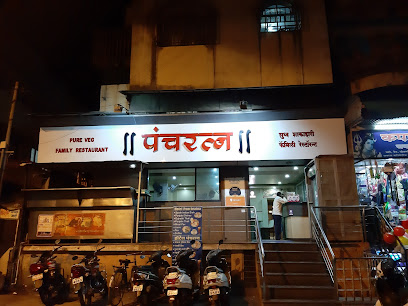
Manas restaurant
Discover the flavors of India at Manas Restaurant in Nashik – your go-to destination for delicious vegetarian meals any time of day.
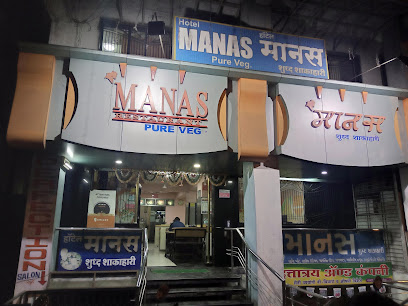
Siya Dining Hall
Experience the authentic taste of Maharashtra at Siya Dining Hall, where delicious vegetarian dishes meet warm hospitality.

Udupi Restaurant
Discover authentic vegetarian Indian cuisine at Udupi Restaurant in Nashik - where tradition meets flavor!
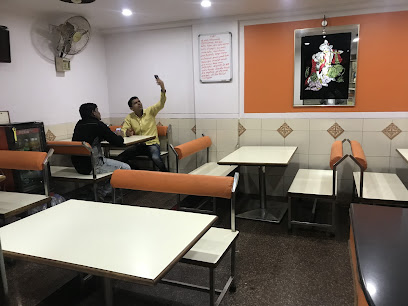
Pangat Thali
Savor authentic Indian vegetarian cuisine at Pangat Thali in Nashik—experience a delightful thali feast that captures regional flavors.
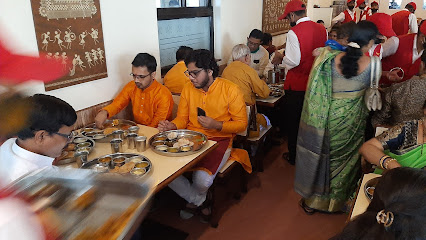
Annapurna Bhojnalaya
Explore authentic vegetarian cuisine at Annapurna Bhojnalaya in Nashik, where every dish reflects India's rich culinary heritage.
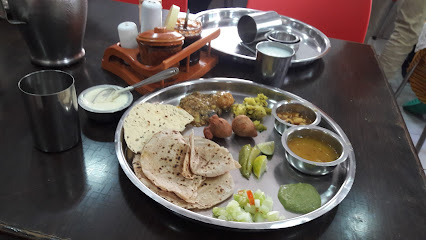
Hotel Sahib family Restaurant and Bar
Experience delightful dining at Hotel Sahib Family Restaurant and Bar in Nashik - a family-friendly spot with diverse flavors and warm hospitality.
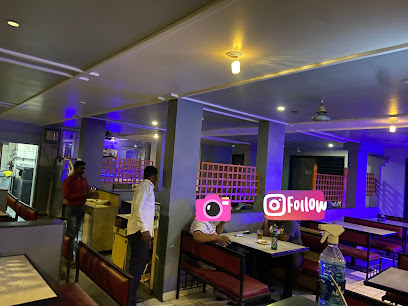
Markets, malls and hidden boutiques
Jyoti Stores
Explore Jyoti Stores in Nashik - a charming bookstore and stationery haven that offers a vast selection of literary treasures and creative essentials.
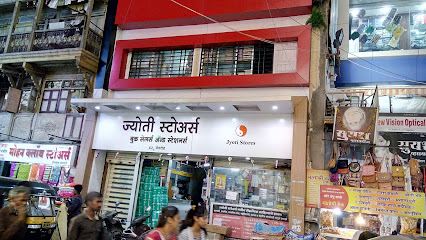
Rose Gallery
Discover unique gifts and local crafts at Rose Gallery, Nashik's charming gift shop for tourists seeking authentic souvenirs.

Nipas Gallery
Explore Nipas Gallery in Nashik for exquisite stainless steel products, unique gifts, and quality kitchen supplies that embody local craftsmanship.
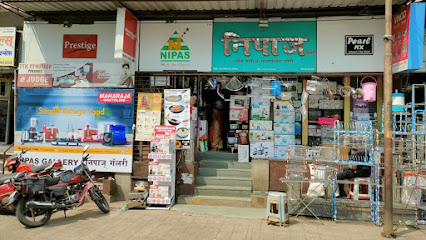
Sneh Enterprises
Explore the charm of Nashik at Sneh Enterprises, a haven for handcrafted gifts, antique furniture, and vibrant local handicrafts.

Shree Gifts & Toys
Discover unique gifts, toys, and cosmetics at Shree Gifts & Toys, Nashik's delightful shopping destination for all ages.

AGRAWAL STORES
Explore Agrawal Stores in Nashik for a delightful shopping experience featuring gifts, electronics, dry fruits, and more in a vibrant atmosphere.
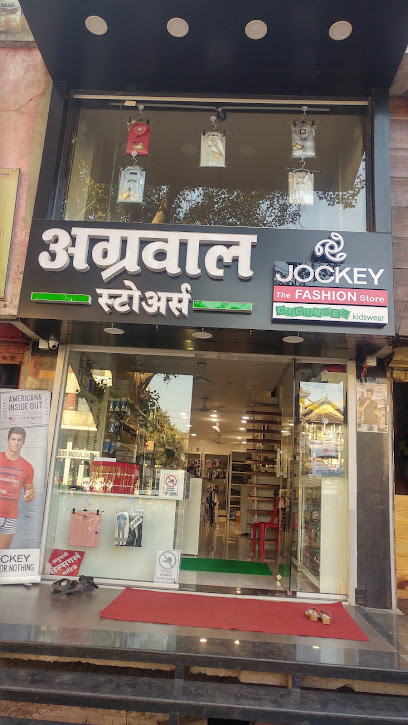
Ruchi Novelties & Gifts
Discover an eclectic mix of unique gifts and local handicrafts at Ruchi Novelties & Gifts in vibrant Panchavati, Nashik.

Unique Rajeshahi_THE WHOMENS BRAND
Experience the essence of Indian fashion at Unique Rajeshahi, a premier women's clothing store in Nashik, Maharashtra.
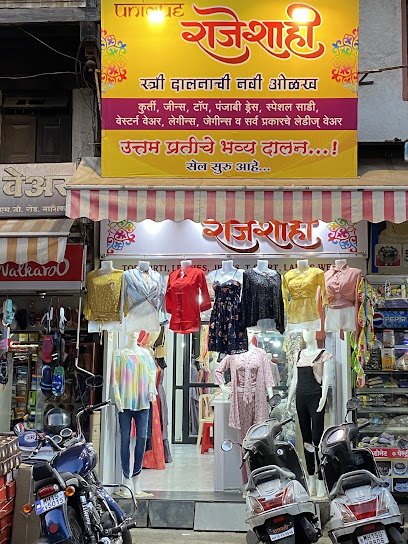
Kapaleeshwar General Stores
Discover unique gifts and local treasures at Kapaleeshwar General Stores in Nashik, where shopping meets cultural charm.
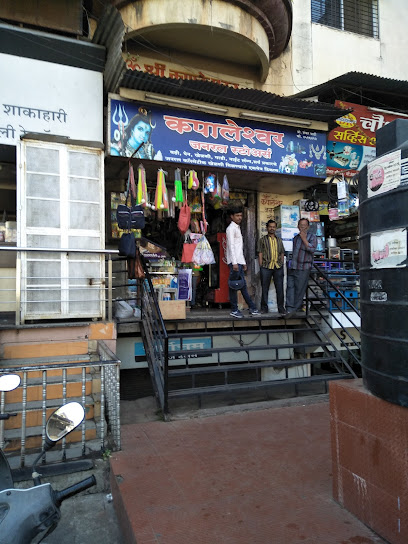
Shivalay General Stores
Discover unique gifts and local treats at Shivalay General Stores in Nashik, the perfect spot for souvenirs and essentials.
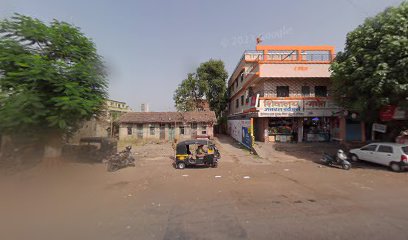
Essential bars & hidden hideouts
Tales & Spirits Bistro
Experience the perfect blend of modern European and Indian cuisine at Tales & Spirits Bistro, Nashik's go-to destination for food and drink enthusiasts.
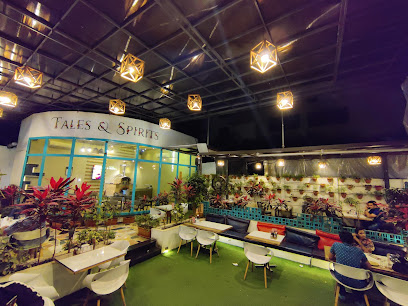
Red Chilly Spirits N Spices
Experience a delightful fusion of Indian and Continental cuisine at Red Chilly Spirits N Spices, Nashik's favorite dining destination.
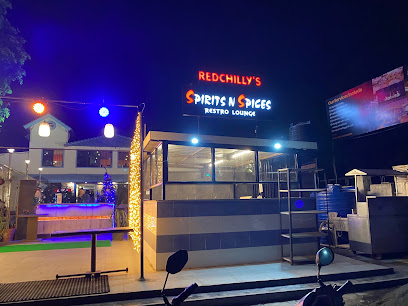
The Foundry
Experience the vibrant nightlife of Nashik at The Foundry, where exceptional drinks and lively ambiance await you.
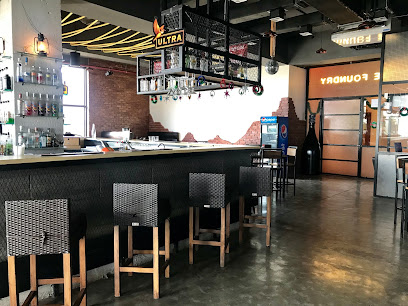
NEW PUNJAB RESTO & BAR
Discover the vibrant tastes of Indian cuisine at New Punjab Resto & Bar in Nashik, where grilling meets a lively bar atmosphere.
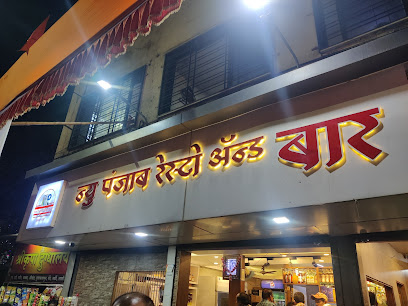
Hemraj Rest and Bar
Discover the vibrant nightlife at Hemraj Rest and Bar in Nashik, where great drinks meet delicious food in a lively atmosphere.
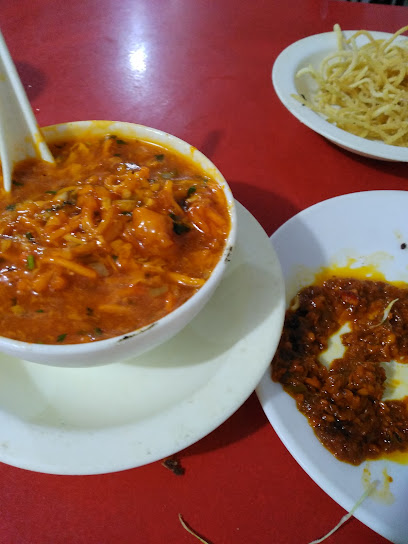
Maharaja Restaurant And Bar
Experience the vibrant flavors of India at Maharaja Restaurant And Bar, where culinary excellence meets a lively atmosphere in Nashik.

SUNNY Bar and Restaurant
Experience the lively atmosphere and delicious cuisine at SUNNY Bar and Restaurant in Nashik, the perfect spot for relaxation and enjoyment.

HOTEL RAU PERMIT ROOM AND BAR
Discover the vibrant atmosphere at Hotel Rau Permit Room and Bar, Nashik's premier spot for cocktails and non-vegetarian cuisine.
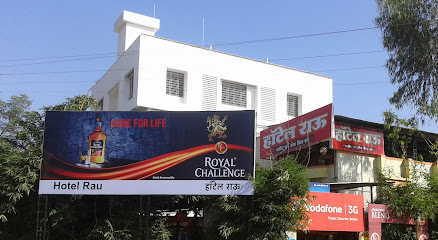
Hotel Vaibhav Bar And Restaurant
Discover the delightful flavors and vibrant ambiance at Hotel Vaibhav Bar And Restaurant, a must-visit culinary destination in Nashik.
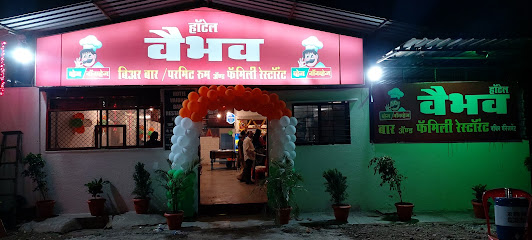
The Beer Café
Discover the vibrant flavors of craft beers and grilled delights at The Beer Café in Nashik, where every meal is a celebration.
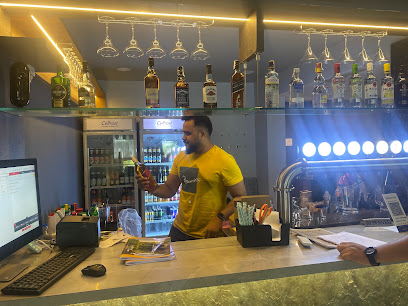
Local Phrases
-
- Helloनमस्ते
[namaste] - Goodbyeअलविदा
[alvida] - Yesहाँ
[haan] - Noनहीं
[nahin] - Please/You're welcomeकृपया
[krupaya] - Thank youधन्यवाद
[dhanyavaad] - Excuse me/Sorryक्षमा करें
[kshama karein] - How are you?आप कैसे हैं?
[aap kaise hain?] - Fine. And you?ठीक हूँ. आप?
[thik hoon. aap?] - Do you speak English?क्या आप अंग्रेज़ी बोलते हैं?
[kya aap angrezi bolte hain?] - I don't understandमुझे समझ में नहीं आया
[mujhe samajh mein nahi aaya]
- Helloनमस्ते
-
- I'd like to see the menu, pleaseकृपया मेन्यू देखना चाहूँ
[krupaya menu dekhna chahoon] - I don't eat meatमैं मांस नहीं खाता/खाती
[main maans nahi khaata/khaati] - Cheers!चियर्स!
[cheers!] - I would like to pay, pleaseकृपया मैं भुगतान करना चाहूँ
[krupaya main bhugtan karna chahoon]
- I'd like to see the menu, pleaseकृपया मेन्यू देखना चाहूँ
-
- Help!बचाओ!
[bachao!] - Go away!चले जाओ!
[chale jao!] - Call the Police!पुलिस को बुलाओ!
[police ko bulaao!] - Call a doctor!डॉक्टर को बुलाओ!
[doctor ko bulaao!] - I'm lostमैं खो गया/गई हूँ
[main kho gaya/gayi hoon] - I'm illमुझे बीमारी है
[mujhe bimari hai]
- Help!बचाओ!
-
- I'd like to buy...मैं ... खरीदना चाहूँ
[main ... khareedna chahoon] - I'm just lookingमैं बस देख रहा/रही हूँ
[main bas dekh raha/rahi hoon] - How much is it?यह कितने का है?
[yah kitne ka hai?] - That's too expensiveयह बहुत महंगा है
[yah bahut mehnga hai] - Can you lower the price?क्या आप कीमत कम कर सकते हैं?
[kya aap keemat kam kar sakte hain?]
- I'd like to buy...मैं ... खरीदना चाहूँ
-
- What time is it?अभी कितने बजे हैं?
[abhi kitne baje hain?] - It's one o'clockएक बजे हैं
[ek baje hain] - Half past (10)दस बारह बजे का आधा
[das baarah baje ka aadha] - Morningसुबह
[subah] - Afternoonदोपहर
[dopahar] - Eveningशाम
[shaam] - Yesterdayकल
[kal] - Todayआज
[aaj] - Tomorrowकल
[kal] - 1एक
[ek] - 2दो
[do] - 3तीन
[teen] - 4चार
[chaar] - 5पांच
[paanch] - 6छह
[chhah] - 7सात
[saat] - 8आठ
[aath] - 9नौ
[nau] - 10दस
[das]
- What time is it?अभी कितने बजे हैं?
-
- Where's a/the...?...कहाँ है?
[...kahan hai?] - What's the address?पता क्या है?
[pata kya hai?] - Can you show me (on the map)?क्या आप मुझे दिखा सकते हैं (नक्शे पर)?
[kya aap mujhe dikha sakte hain (naksha par)?] - When's the next (bus)?अगली (बस) कब है?
[agli (bus) kab hai?] - A ticket (to ....)एक टिकट (के लिए ....)
[ek ticket (ke liye ....)]
- Where's a/the...?...कहाँ है?
History of Panchavati
-
Panchavati is deeply rooted in Hindu mythology, particularly associated with the epic Ramayana. It is believed to be the site where Lord Rama, along with his wife Sita and brother Lakshmana, spent a significant part of their exile. The Panchavati area is named after the five banyan trees (Panch means five) that are said to have stood there during their time, serving as a backdrop for many events in the epic.
-
Panchavati plays a crucial role in the Kumbh Mela, one of the largest religious gatherings in the world. Held every twelve years, this festival attracts millions of pilgrims who come to bathe in the sacred Godavari River. The significance of Panchavati, with its temples and ghats, enhances the spiritual atmosphere, making it a focal point during the celebrations.
-
The neighborhood is home to several ancient temples, including the Kalaram Temple, dedicated to Lord Rama, which dates back to the 18th century. The architectural style of these temples reflects the intricate craftsmanship of the period and showcases the religious fervor that has characterized the region for centuries. The temple complex serves as a vibrant center for cultural and religious activities.
-
During the struggle for Indian independence, Panchavati was a site of significant political activity. Many local leaders and freedom fighters frequented this area, organizing meetings and rallies. The historical context of Nashik, with its proximity to key events in the independence movement, adds a layer of cultural depth to Panchavati's narrative.
-
In recent years, Panchavati has seen a resurgence in cultural activities, with local festivals celebrating traditional music, dance, and art. The blend of ancient traditions with contemporary practices has made the neighborhood a vibrant hub for both locals and tourists, ensuring that the rich heritage of Nashik is preserved while also evolving to reflect modern influences.
Panchavati Essentials
-
Panchavati is easily accessible from various neighborhoods in Nashik. The most convenient way to reach Panchavati is by taxi or auto-rickshaw, which are readily available throughout the city. Nashik Road Railway Station is the nearest major railway station, located about 10 kilometers away. You can take a local taxi or a bus from the station to Panchavati. If you're coming from Mumbai, there are direct buses available that take approximately 4 to 5 hours to reach Nashik, followed by local transport to Panchavati.
-
Panchavati is a compact neighborhood, making it easy to explore on foot. For longer distances, local buses and auto-rickshaws are available, providing affordable options for getting around. Taxis can also be hired for convenience. Bicycle rentals are less common, but some tourists prefer to use bicycles to navigate the area, especially to enjoy the scenic views along the Godavari River.
-
Panchavati is generally safe for tourists, but standard precautions should be taken. Avoid wandering alone at night in less crowded areas. While most areas are safe, it is advisable to stay cautious around crowded markets and tourist spots where petty theft may occur. It is best to avoid the outskirts of Panchavati after dark, where the crime rate can be higher.
-
In case of an emergency, dial 100 for police assistance or 108 for ambulance services in Nashik. Familiarize yourself with the location of the nearest hospital; the Civil Hospital in Nashik is a reliable option for medical emergencies. Always carry a copy of your travel insurance details and have emergency contact numbers readily available.
-
Fashion: Do dress modestly, especially when visiting temples. Avoid wearing shorts or sleeveless tops. Religion: Do respect local customs; always remove shoes before entering temples. Public Transport: Do be courteous and allow passengers to exit before boarding. Don't engage in loud conversations. Greetings: Do greet locals with a smile and a polite 'Namaste.' Eating & Drinking: Do try the local street food, but ensure it is freshly cooked. Don't drink tap water; opt for bottled water instead.
-
To experience Panchavati like a local, visit the local markets, especially the Panchavati Market, where you can find fresh produce and traditional snacks. Engage with local vendors to learn about their crafts and cuisine. If you have time, visit the Kalaram Temple and Saptashrungi Temple, and take part in the evening aarti (prayer ceremony) at the Godavari River for a spiritual experience. Joining a local cooking class can also provide insights into the regional cuisine.
Nearby Cities to Panchavati
-
Things To Do in Mumbai
-
Things To Do in Aurangabad
-
Things To Do in Pune
-
Things To Do in Vadodara
-
Things To Do in Ahmedabad
-
Things To Do in Rajkot
-
Things To Do in Panaji
-
Things To Do in Udaipur
-
Things To Do in Bhopal
-
Things To Do in Goa
-
Things To Do in Nagpur
-
Things To Do in Jodhpur
-
Things To Do in Ranthambore
-
Things To Do in Pushkar
-
Things To Do in Jabalpur









